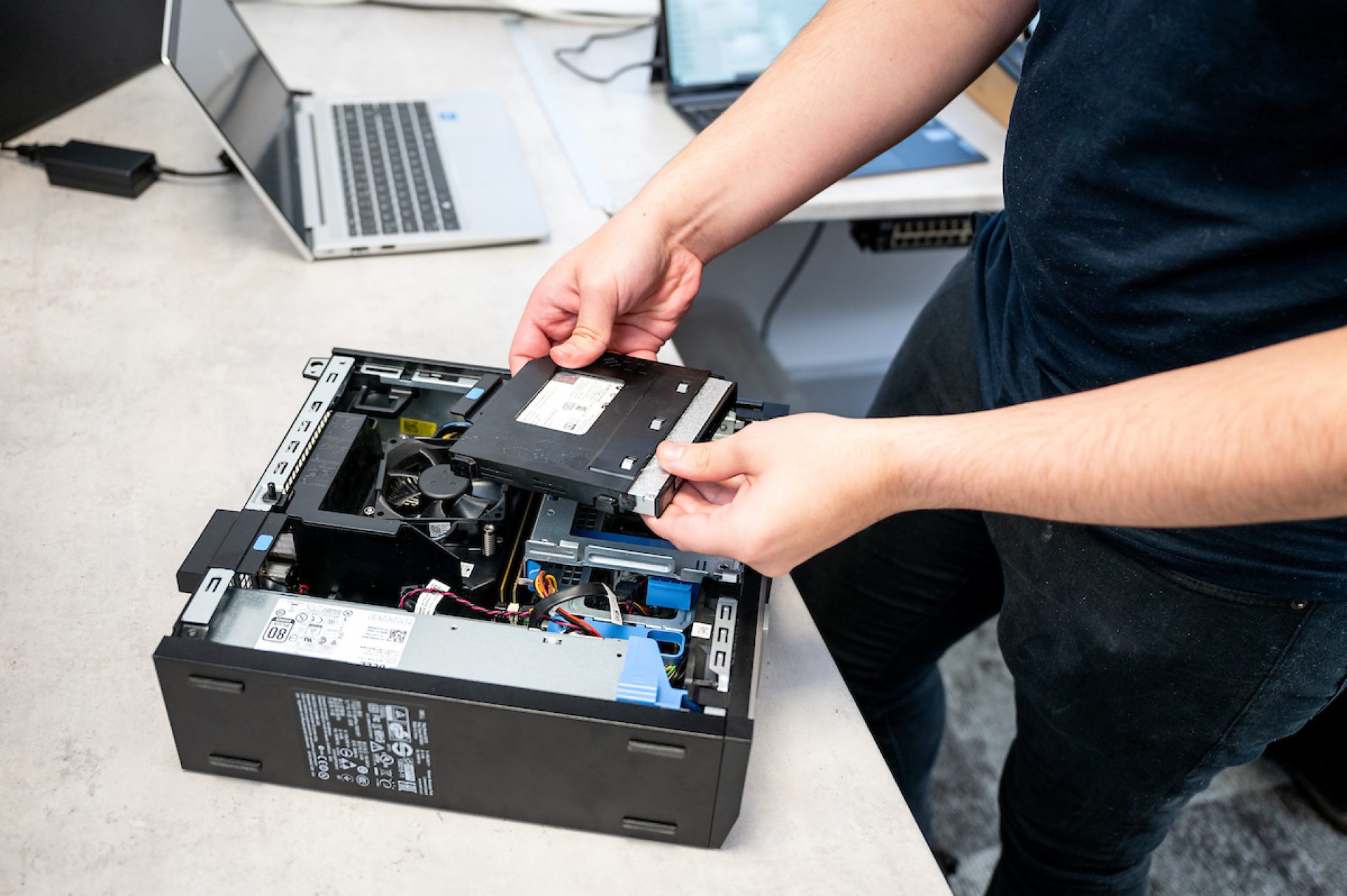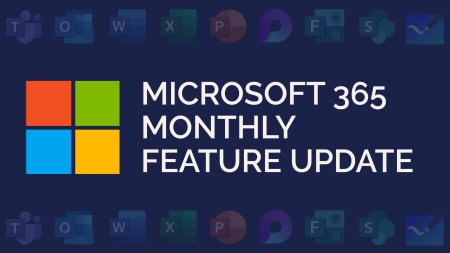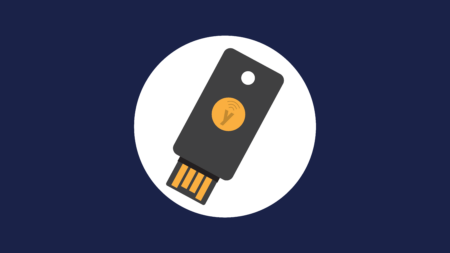USB stands for Universal Serial Bus. They also commonly go by the name flash drive or memory stick.
You may use a USB to transfer data from one device to another. However, they can be a huge security risk.
Why USB Sticks are a Risk:
Sharing USB flash drives
Employees may share USB flash drives, take them home, or use them personally. This makes it very difficult to track where they’ve been, what they contain and who has used them.
Malicious Software
Malicious software can easily be transferred between devices, putting your devices at risk. USB drives can pick up an infection from one device and spread it to another without you realising.
Cyber criminals are continually finding new ways to access your data. One scam sees criminals send a gift box to companies, including a USB drive. The gift box appears to be from a client or supplier. They claim the USB drive has a special message or offer on. Once the drive is plugged in, malicious software is spread.
Stolen Data
If your business is using USB drives to transfer data, what happens when a device goes missing or is stolen?
Additionally, if anyone can plug a USB drive into your devices, what’s stopping them from stealing data straight from the device?
How to Stay Safe Using USB Sticks
- If you must use a USB drive in your organisation, using password and encryption features will help keep you secure.
- If you must use a USB drive, always keep a secure backup of its contents.
- Consider alternative methods of file sharing, such as email or the cloud.
- If you must use a USB drive, keep your business and personal ones separated and keep a log of them.
- Never plug in an unknown USB that you’ve found.
- Switch off auto-run. This prevents any software or malicious code on the USB drive automatically running and installing.
- Use USB blocking software. It will allow you to label specific USB drives as safe. This is something we can help with.






